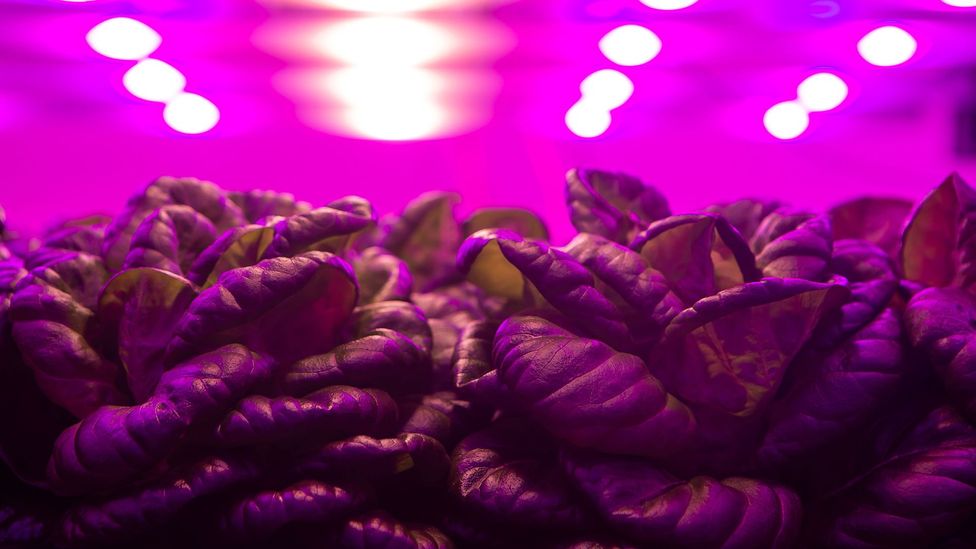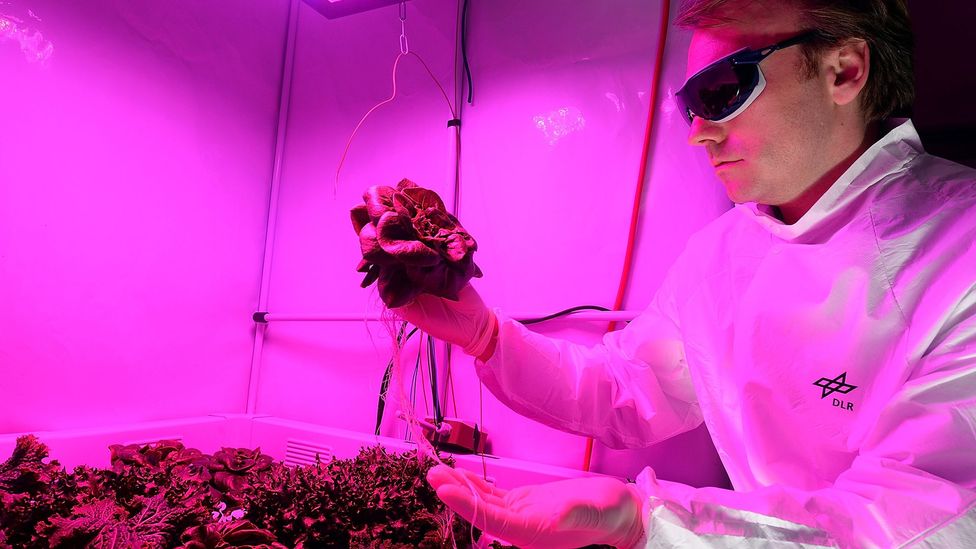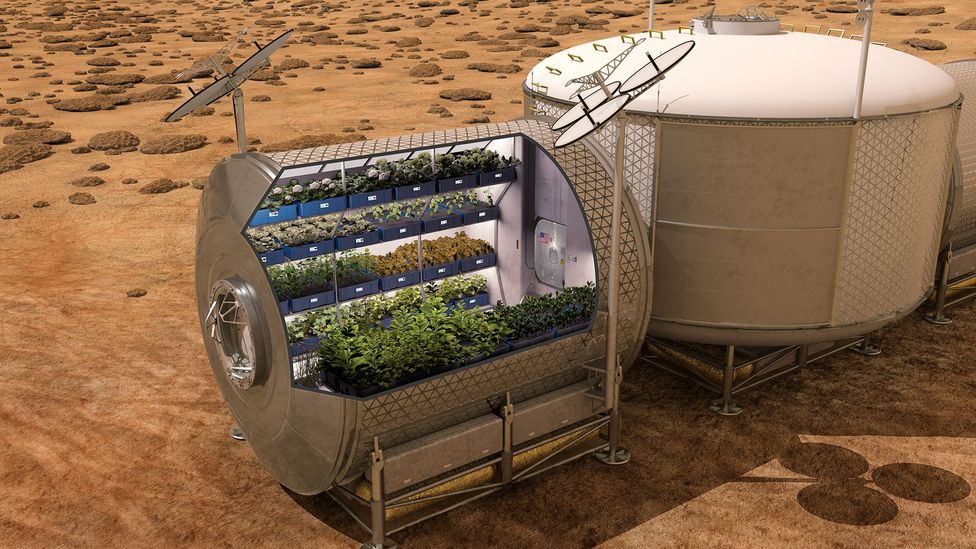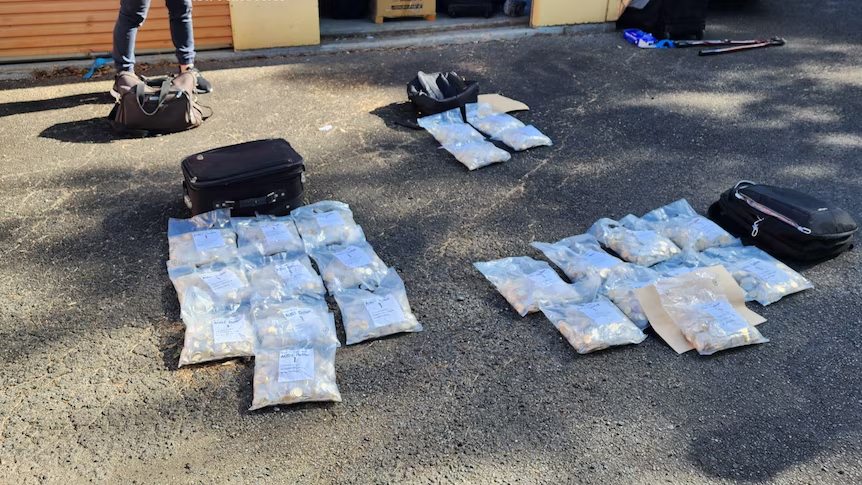The man growing lettuce for space station salads

KATHMANDU: AUGUST 13 – Frank Morton was sitting with a friend in New York, about to fly home to Oregon after attending an event for plant breeders and chefs. “Hey, look at this,” his friend said. “They’ve grown lettuce on the space station.” She was looking at her phone, he recalls. He asked, what kind? It didn’t say exactly. They both thought that was an interesting novelty.
It wasn’t until Morton saw a photo of the lettuce in question in a magazine sometime later that it hit him: He knew just what that lettuce was. It was his own invention, a zany burgundy plant he’d dubbed Outredgeous. Its seeds could be purchased from a major seed catalogue by backyard gardeners and Nasa researchers alike, and indeed, when Morton got in touch with the research team behind the experiment, that was exactly what they’d done.
Orbiting the Earth about a dozen years after Morton first released it, Outredgeous romaine had made history.
Morton is a pioneering breeder of lettuce, an impresario whose flair for the weird and the beautiful has made his organic farm in Oregon a mecca for chefs and other aficionados of the leaf. His career in plant breeding, and his path to having his lettuce grown in space, started nearly 40 years ago with a rogue red plant in a sea of green.
In 1981, Morton was just starting out as a farmer. He’d grown two kinds of lettuce at first, red romaine and a green salad bowl lettuce, a common style with frilly leaves. When the lettuces went to seed, he saved some to plant the next year. In a flat of 200-odd green salad bowl lettuces grown from that seed, he saw something strange. “Right in the middle of them all was one red one,” he says.
He knew it must be a cross between the two varieties. He crossed his new plants, and the next year revealed a bounty of different combinations of shapes and colours. Like Austrian monk Gregor Mendel, whose experiments with peas presaged the modern science of genetics, he started to deduce how the plant’s traits were inherited. The red colour was dominant, prevailing over the green. And so were the frilly leaves, explaining how he happened to see a red salad bowl in his very first cross.

Morton was hooked. Breeding plants on his farm and honing them over the generations into new varieties was a promising way to help support himself financially, but it also tickled a kind of deep curiosity in him about just what would come next. “Something lit up in my brain at that time,” he says. “From that, I began to explore…Through lettuce, I’ve met other plant friends, like quinoa and peppers. I just kind of fell in with these plants.”
The allure of lettuce remained, however. Alongside his other projects, Morton bred for redder and redder heads. “I was going down the rabbit hole of how red can you get lettuce to be,” he recalls. If he got a ruddy plant, he crossed it with another one, hoping to get something deeper. In those days, lettuces were more monochrome than they are today, more of a green-only club. And so when Outredgeous lettuce showed up, it was an unusual find indeed.
What if there was a crisp, sweet little lettuce, the size of a softball, that you could cut in half at dinnertime and share with your partner?
“It was so red that actually, most gardeners did not recognise it as lettuce. They thought it was some kind of beet,” Morton says. “It was just uncanny how red it was. That’s why I gave it that name.”
Morton made the Outredgeous seeds available to the public through Johnny’s Selected Seeds, a Maine-based seed company. When he later contacted the Nasa researcher who’d had the lettuce grown on the International Space Station, he learned that Outredgeous had another unusual quality.
When the scientists were deciding what salad greens to experiment with, they were looking in particular for greens that would not be easy hosts for bacteria, he says. They were concerned that E. coli floating in the Space Station would colonise the salad fixings and sicken crew members, and other greens, like arugula and kale, were surprisingly welcoming to microbial guests. “She said the Outredgeous had ‘significantly less microbial growth on the leaf surface,'” he recalls of their conversation. It made the cut and made its mark.

Today, Morton has numerous breeding projects underway, as always. He is particularly intrigued by the potential of the humble iceberg-type lettuce. “The things you buy in the grocery store are these bowling ball-sized waterbags,” he says. They don’t have much flavour and they’re unwieldy. But they do have an appealing crispness.
What if, he imagines, there was a crisp, sweet little lettuce, the size of a softball, that you could cut in half at dinnertime and share with your partner? What if it was appealingly ruffled or colourful? “It would be sort of like buying a rose that you can eat,” he says.
To that end, he has been delving into iceberg breeding, and he has made a start. “It’s an iceberg type, except that it’s bright red on the outside, and I’m trying to make it bright pink on the inside,” he says. “I have some very pretty lettuces, I will say that.”
-Veronique Greenwood/BBC









